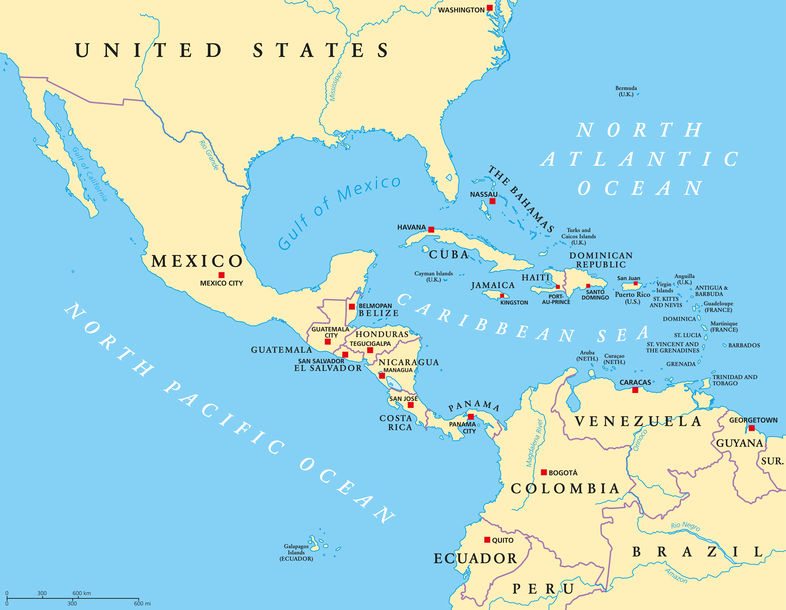 The potential is there
The potential is there
Mar 06, 2020
ARLINGTON, VA -- As negotiations with the UK and Japan ramp up, another country on the radar for trade talks with the U.S. is Ecuador, where rice is a staple. Discussions are primarily aimed at encouraging Ecuador’s move away from socialism and expanding commercial ties.
In Ecuador, U.S. rice is subject to a 68 percent tariff for milled and brown rice, and 20 percent for paddy rice. The country imports 100,000 MT and grows 870,000 MT milled basis; they import on average 200 MT of U.S. rice annually.
“Ecuador consumes nearly 985,000 metric tons per year, which works out to be about 130 pounds per person – that’s five times more than Americans eat, so we’re talking about a lot of rice,” said Asiha Grigsby, USA Rice manager of promotions in the western hemisphere. “A combination of logistics and tariffs make it difficult for the U.S. to be a cost-effective supplier to Ecuador, but if tariffs can be addressed in these trade talks, we’d certainly increase our ability to be competitive there.”
Rice imports in Ecuador are politically sensitive, as they are in many countries. The Ecuadorian government has promoted rice self-sufficiency by setting a minimum price for domestic rice at the farm-gate level, higher than the world market, maintaining the Andean Price Band System, and further trying to limit imports using presidential decrees.
The Andean Price Band System sets floor and ceiling prices and is recalculated twice each month. Andean community members (Colombia, Ecuador, Peru, and Bolivia) are assessed a zero-tariff and are not subject to the Andean Price Band System. A ministerial decree is necessary however before an import permit is issued.
Other Latin American countries have been granted ad valorem tariff preferences under the Latin America Integration Association (ALADI) that are well below what the U.S. pays, but they are still assessed the Andean Price Band System variable levy.
“Peru and Colombia, neighboring countries to Ecuador, have existing free trade agreements with the U.S. which should generate some pressure to bring Ecuador to the negotiating table,” said Grigsby. “A delegation from the Office of the U.S. Trade Representative is scheduled to travel to Ecuador next month to begin talks.”